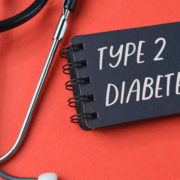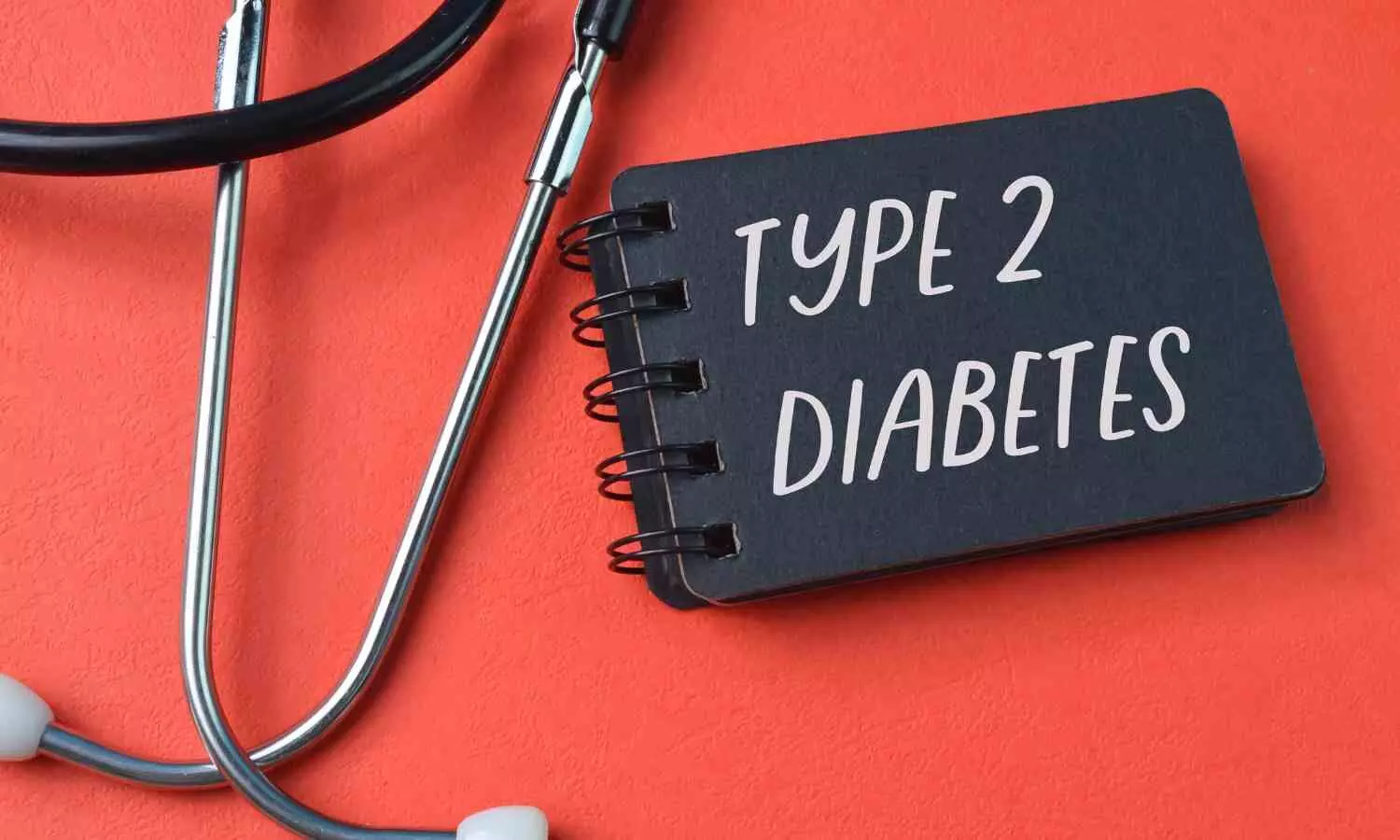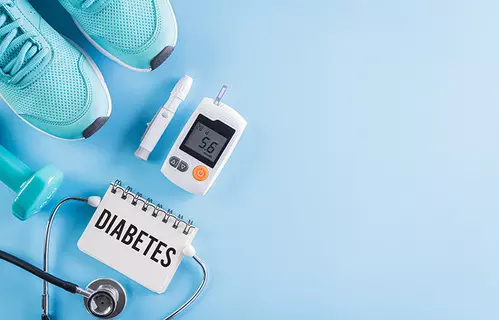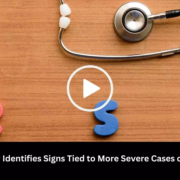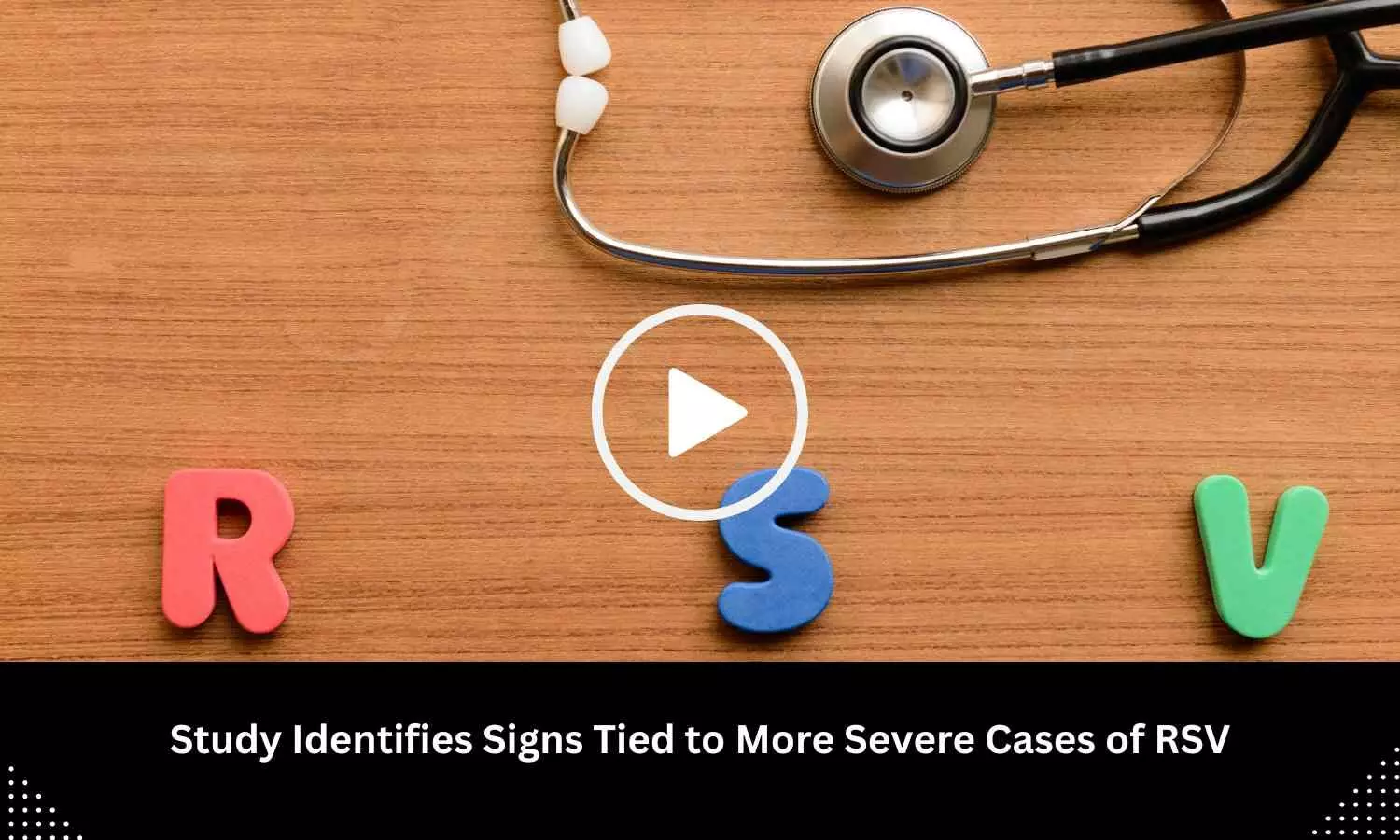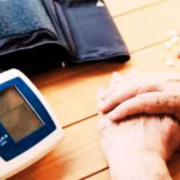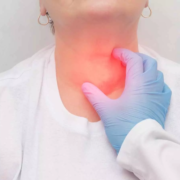
More than a dozen bacterial species among the hundreds that live in people’s mouths have been linked to a collective 50% increased chance of developing head and neck squamous cell carcinoma (HNSCC), a new study shows. Some of these microbes had previously been shown to contribute to periodontal disease, serious gum infections that can eat away at the jawbone and the soft tissues that surround teeth.
Experts have long observed that those with poor oral health are statistically more vulnerable than those with healthier mouths to HNSCC, a group that includes the most common cancers of the mouth and throat. While small studies have tied some bacteria in these regions (the oral microbiome) to the cancers, the exact bacterial types most involved had until now remained unclear.
Led by researchers at NYU Langone Health and its Perlmutter Cancer Center, the new analyses looked at the genetic makeup of oral microbes collected from healthy men and women. Of the hundreds of different bacteria that are routinely found in the mouth, 13 species were shown to either raise or lower risk of HNSCC. Overall, this group was linked to a 30% greater likelihood of developing the cancers. In combination with five other species that are often seen in gum disease, the overall risk was increased by 50%.
“Our findings offer new insight into the relationship between the oral microbiome and head and neck cancers,” said study lead author Soyoung Kwak, PhD. “These bacteria may serve as biomarkers for experts to flag those at high risk,” added Kwak, a postdoctoral fellow in the Department of Population Health at NYU Grossman School of Medicine.
Previous investigations had uncovered certain bacteria in tumor samples of people already diagnosed with these cancers, says Kwak. Then, in a small 2018 assessment, the current research team explored how microbes in healthy participants may over time contribute to future risk of HNSCC.
Their latest report, publishing online Sept. 26 in the journal JAMA Oncology, is the largest and most detailed analysis of its kind to date, says Kwak. It is also among the first to examine whether common fungi, organisms like yeast and mold that, along with bacteria, make up the oral microbiome, might play a role in HNSCC. The new experiments found no such role for fungal organisms.
For the research, the team analyzed data from three ongoing investigations tracking 159,840 Americans from across the country to better understand how diet, lifestyle, medical history, and many other factors are involved in cancer. The data were gathered for the American Cancer Society Cancer Prevention Study II; the Prostate, Lung, Colorectal, and Ovarian Cancer Screening Trial; and the Southern Community Cohort Study.
Shortly after enrolling, participants rinsed with mouthwash, providing saliva samples that preserved the numbers and species of microbes for testing. Researchers then followed up for roughly 10 to 15 years to record any presence of tumors.
In the current study, the investigators analyzed bacterial and fungal DNA from the spit samples. Then, they identified 236 patients who were diagnosed with HNSCC and compared the DNA of their oral microbes with that of 458 randomly selected study subjects who had remained cancer-free. In their research, the team accounted for factors known to play a role, such as age, race, and how often they smoked cigarettes or drank alcohol.
“Our results offer yet another reason to keep up good oral-hygiene habits,” said study co-senior author Richard Hayes, DDS, MPH, PhD. “Brushing your teeth and flossing may not only help prevent periodontal disease, but also may protect against head and neck cancer,” added Hayes, a professor in the Department of Population Health at NYU Grossman School of Medicine and a member of its Perlmutter Cancer Center.
The researchers emphasized that their study was designed to identify correlations between risk of cancer and certain bacteria in the mouth, but not to establish a direct cause-and-effect link. That will require further research.
“Now that we have identified key bacteria that may contribute to this disease, we next plan to explore the mechanisms that allow them to do so and in what ways we can best intervene,” said study co-senior author Jiyoung Ahn, PhD. Ahn is a professor in the Departments of Population Health and Medicine at NYU Grossman School of Medicine and is the associate director for population research at its Perlmutter Cancer Center.
Ahn cautions that while the added risks from bacteria are concerning, overall cases of head and neck cancer remain fairly uncommon.
Reference:
Kwak S, Wang C, Usyk M, et al. Oral Microbiome and Subsequent Risk of Head and Neck Squamous Cell Cancer. JAMA Oncol. Published online September 26, 2024. doi:10.1001/jamaoncol.2024.4006.



